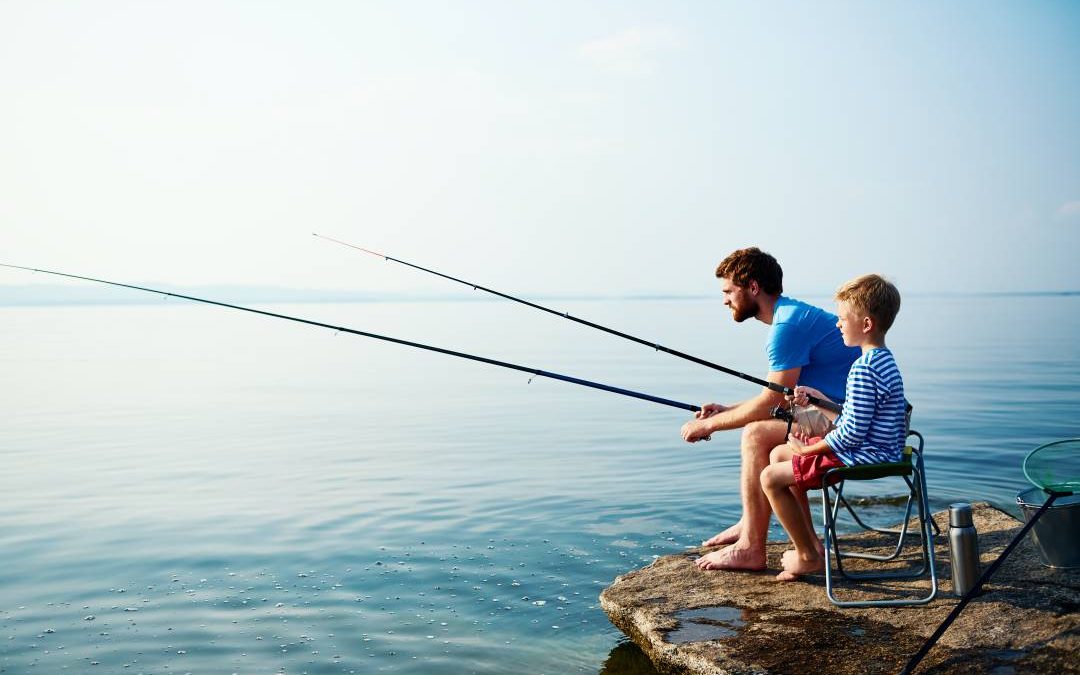Poisonous fish in the Adriatic, in the Adriatic Sea some fish species have poisonous glands capable of producing certain amounts of poison. Some types of fish such as eels, moray eels and eels, as well as groupers, contain ichthylotoxins in their blood.
The poisons in the blood of these fish are thermolabile and are broken down by cooking, not posing a danger to human health. However, caution should be exercised with new gastronomic specialties to avoid serving these fish raw. If you suspect that you or someone close to you has consumed raw fish of these species, it is best to thoroughly empty your stomach and immediately go to the nearest health facility where the staff can provide timely help in case of a stronger effect of the poison on the health of the affected person or call an emergency medical service.
In the second group of poisonous fish, there are species that have poison in the external parts of the body, most often in different spines. These species include all types of groupers and stingrays, which have poisonous spines on their dorsal, pectoral and anal fins. Although these species also have strong spines on their gill covers that can cause serious injury, fortunately these spines are not poisonous. These species are often hunted by professional fishermen and sport fishermen, who are frequent targets. After the injection, there is a strong pulsating pain that radiates from the injection site. The pain can last from tens of minutes to several hours. If the wound does not become infected, there are no additional consequences from the sting. As for first aid for these stings, it is good to know that these poisons are also thermolabile. It is advisable to slightly cut the sting site and try to draw blood (this reduces the possibility of the poison spreading throughout the body, but be careful that the blood does not come into contact with open wounds in the oral cavity). Soak the affected part in as hot water as possible and keep it there for 30 minutes to an hour.
Unlike groupers, the spines on the gill covers of sea scorpions are poisonous, and each sting is a significant problem. Of the four species of sea scorpions present in our sea, the most dangerous is the smallest: the large sea scorpion. The venom of this species can be so strong that it causes serious health problems in those stung, which in extreme cases can even lead to death. The treatment in case of a sting is the same as for a grouper sting.
It should be noted here that dead specimens should be handled with care, as the poison remains in the spines for some time after the death of the fish. Therefore, even with these specimens, you should be extremely careful.
According to some reports, the spines of the large sea scorpion (large dragonfish), located on both sides above the pectoral fins, are also poisonous, so these species should also be handled with care.



0 Comments